The stories behind each city we visit, help us to draw an image of how it achieved its current shape. Most places have a linear history that usually springs from just a few influences. Then, every once in a while, we will discover a history as broad as that in Mobile, Alabama. Having been influenced by France, Britain, and Spain means that there is a broad tapestry of cultures to be found in and around the city. Moving a city forward takes deliberate planning and we were interested in learning how the founders of Mobile had pulled it off. A visit to the History Museum of Mobile would be required to sort out all of these influences.
We want to thank Visit Mobile and the History Museum of Mobile for hosting our visit. Rest assured all opinions are our own.
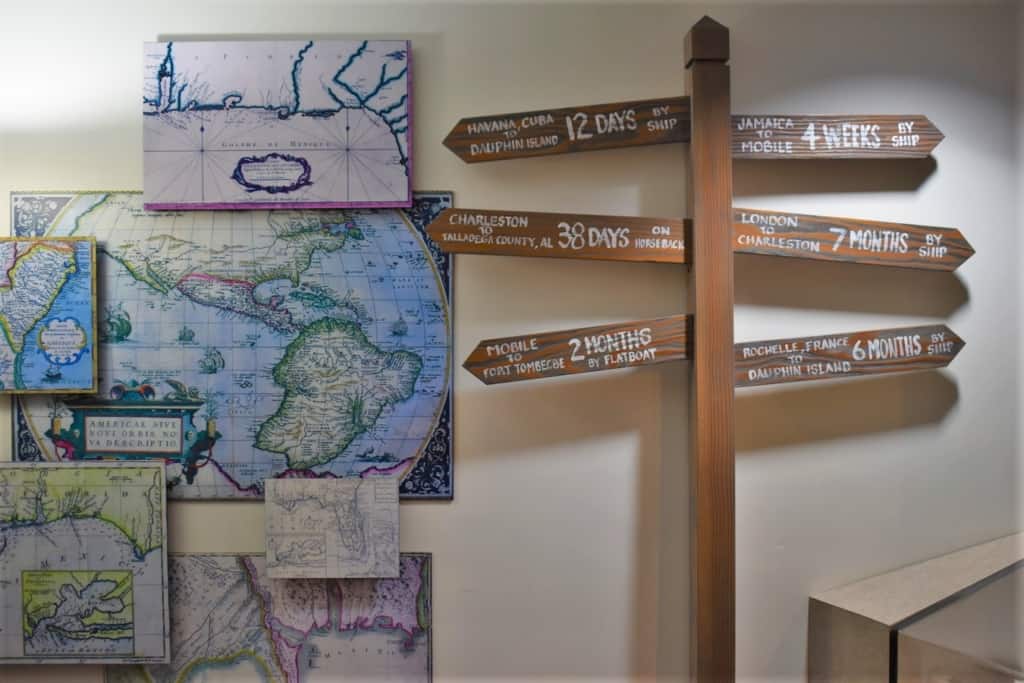
Access to Anywhere
Mobile has the distinction of being Alabama’s only saltwater port. Even though it is technically situated on the Mobile River, it sits at the mouth of Mobile Bay. This helped play a significant role in the economic development of the city. The original settlement was made by French colonists looking to secure the Gulf Coast. Although a temporary start was made further inland, by 1711 the move was made to its present day site. Before long, Fort Conde was constructed to serve as a defendable fortification to protect France’s investment in the New World.
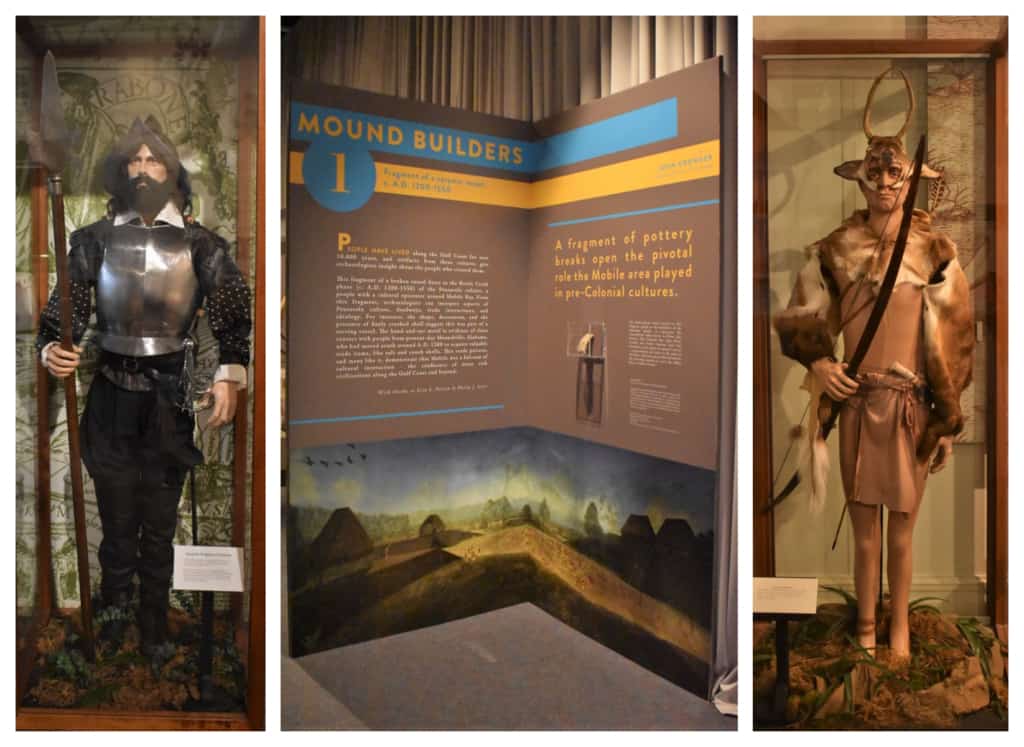
Early Inhabitants
We wondered how Mobile got its name, but that was easily solved during our visit to the museum. A native tribe lived nearby in their fortress town named Mabila. They were not always welcoming to new explorers. In 1540, they helped conceal a large group of warriors who attacked the Spanish explorer, Hernando de Soto. Unfortunately for the native warriors, they were vastly underequipped, as they faced the gun-toting Spaniards. Most of the natives perished during the ensuing battle and their village was burned down.
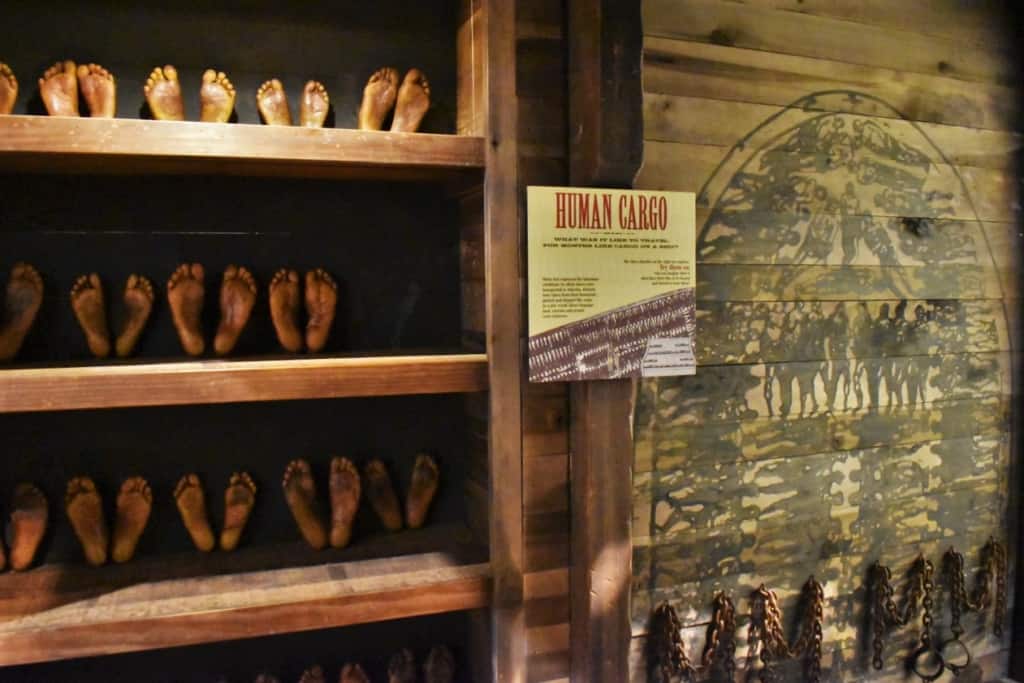
Objectionable Actions
In 1819, when Alabama gained statehood, Mobile had a population of around 800 residents. The introduction of steamboats was about to change Mobile’s future. Across the Atlantic Ocean, the Industrial Revolution was proceeding at full speed in Britain. The need for raw materials, especially cotton, was creating a favorable situation for southern plantations. The lands around the Mobile River are prime for growing cotton and by 1822 the population had risen to 2800. To aid in increasing productivity, the plantation economy went all-in with the use of slave labor.
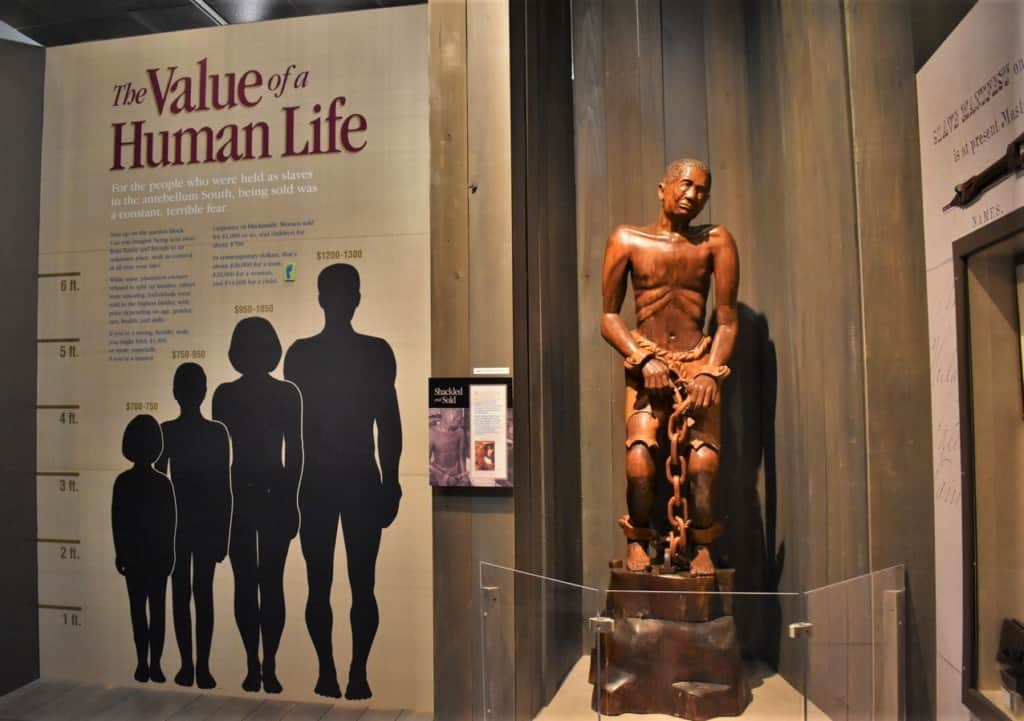
Dark Period of History
By the 1830s, Mobile’s economy hinged on two main pieces of commerce; cotton growing and slave trading. Mobile soon rose to the slave trading center of Alabama, until that dubious title was wrestled away, by Montgomery, in the 1850s. With so much of their economy focused on a single crop, southern Alabama lived and died with cotton. An 1860 census showed that slaves accounted for 45% of Alabama’s total population. In anticipation of the Civil War, Alabama was one of the first seven states to succeed from the Union. The war would see many southern cities destroyed by battles. Mobile escaped the brunt of this action by surrendering to the Union Army on April 12, 1865. On December 18, 1865 slavery was officially abolished by the Thirteen Amendment.
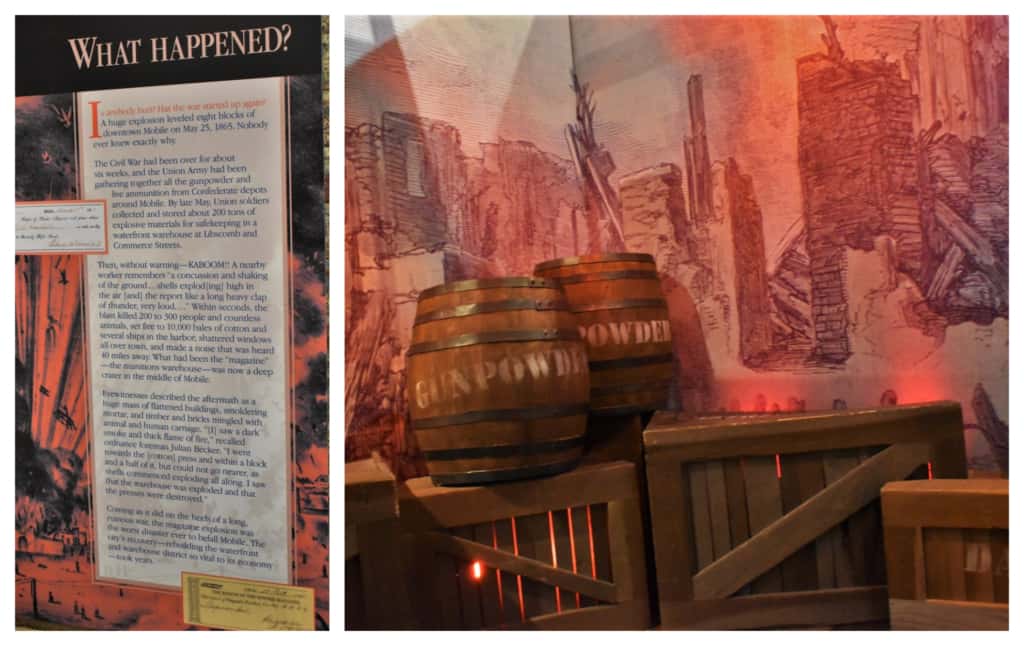
Blast in the Past
Barely a month after the city’s surrender, tragedy struck the downtown. A warehouse, located on Beauregard Street, had been turned into a depot for munitions. Inside the building, Union troops had assembled 200 tons of gunpowder, bombs, and other ordinances. On the afternoon of May 25, 1865, the sky was suddenly filled with the acrid smoke of explosions. As the ground rumbled from the reverberations, shells began bursting around the city. By the end of this horrific event, approximately 300 persons had lost their lives. Several houses were destroyed and two ships on the river were sunk. The resulting fires decimated the northern end of the city.
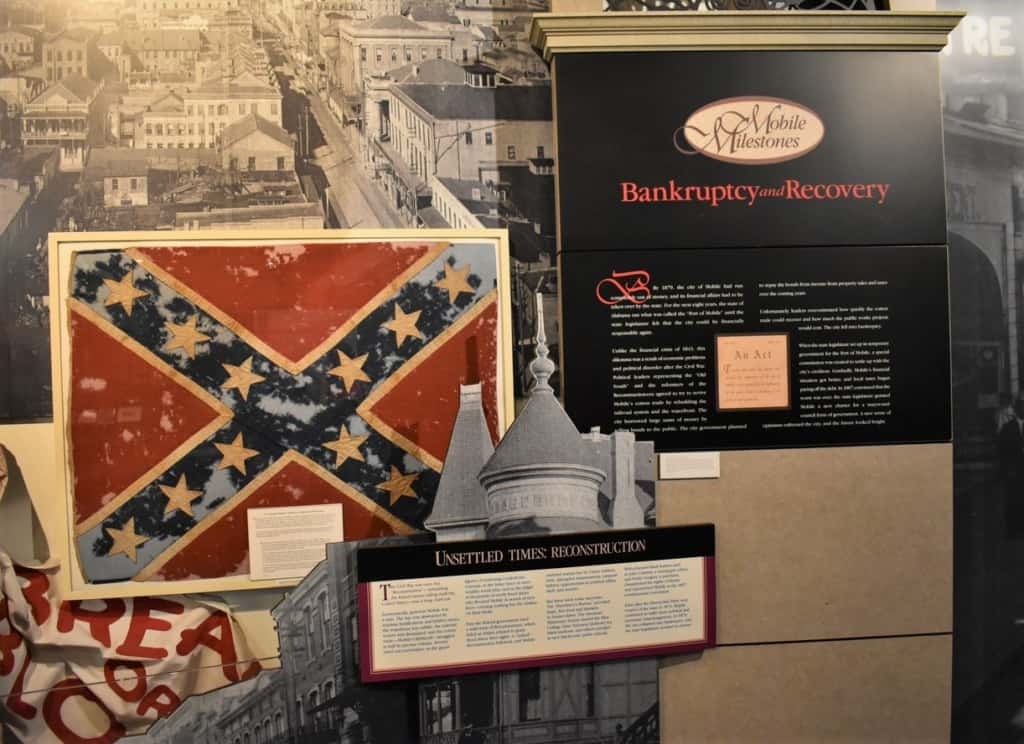
A New Start
The end of the Civil War brought the period of Reconstruction. The drastic change to the economy was especially hard-felt in Mobile and made it difficult moving a city forward. Cotton was no longer king and the loss of enslaved labor pushed the region into economic depression. In 1878, exports from Mobile were valued around $9 million. In just four short years, this had fallen to just a third of that amount. The 20th century brought hope for regrowth, but Mobile was still struggling with racial inequalities. While change was slow, Mobile eventually moved to the forefront of racial equality movements in Alabama. By the early 1960s, lunch counters and city buses had voluntarily desegregated.
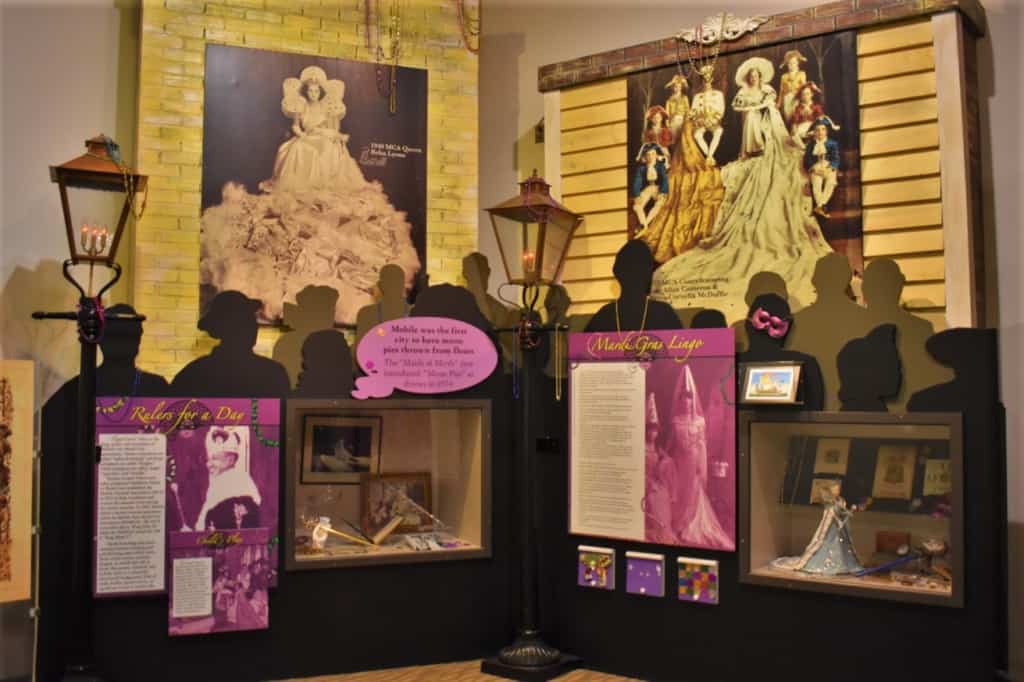
Time to Celebrate
While Mobile has seen its fair share of struggles, the residents still retain their positive spirit. The city has a long history of celebrations and is home to the start of Mardi Gras in America. Way back in 1703, the first celebration took place just a few miles upriver from the site of present day Mobile. At that time, the town served as the capital of the French Louisiana territory. Eventually the capital was moved to New Orleans, and the celebrations began to occur there, as well. Learning about this interesting tidbit of historical knowledge helped explain why we were seeing so many wrought-iron railings and Moon Pie items all over downtown. We will need to plan a return visit to catch a Mobile Mardi Gras.
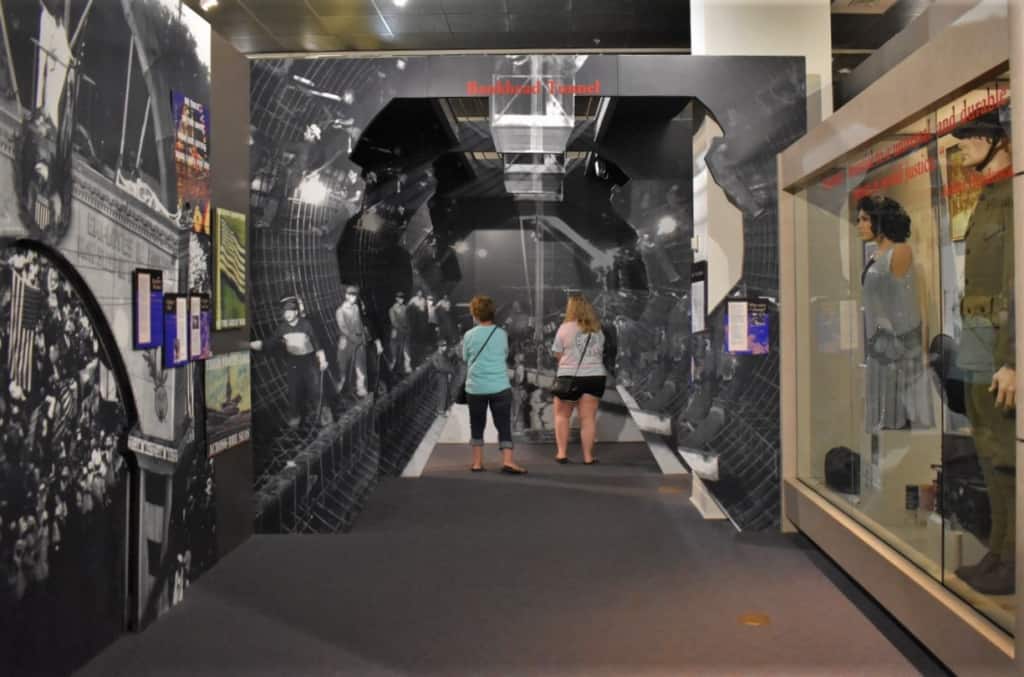
Moving a City Forward
Mobile has a history of responding to challenge. These days, Mobile is home to a variety of museums, art galleries, and green spaces. Tourism has blossomed along this stretch of the coastline. To aid in moving residents and tourists through the area, tunnels have been constructed under Mobile Bay. An exhibit on construction of the Bankhead Tunnel offers a fascinating look at this engineering marvel. Built in sections, at the local shipyards, the pieces were assembled underwater. Once it was completed, they pumped the water out and finished the interior. The eastern end of the tunnel has a flood door that can be closed during hurricanes.
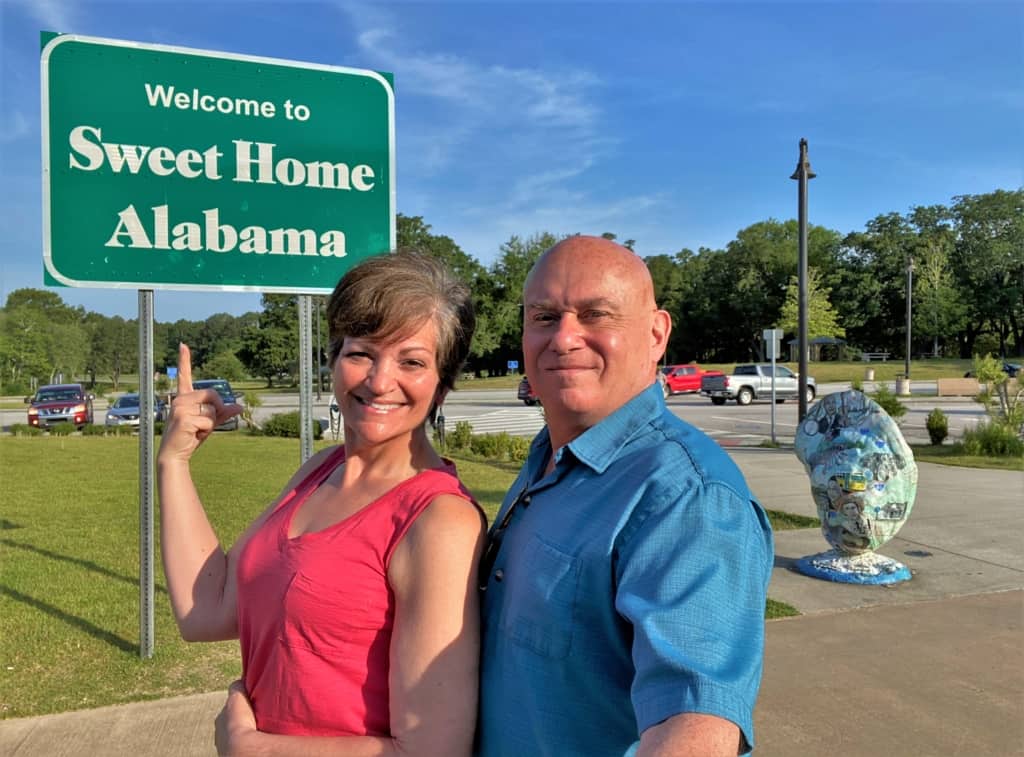
Loving Alabama
Our inaugural visit to Alabama was turning into an educational experience. The History Museum of Mobile had cleared up some confusion we had about this region. With a better understanding of the various obstacles that the city had traversed, we were ready to head out for more exploring. With fresh eyes, we were sure to connect the dots on the names and places that are associated with the city’s founders. Mobile was looking to be a great way to start our research in a new state.


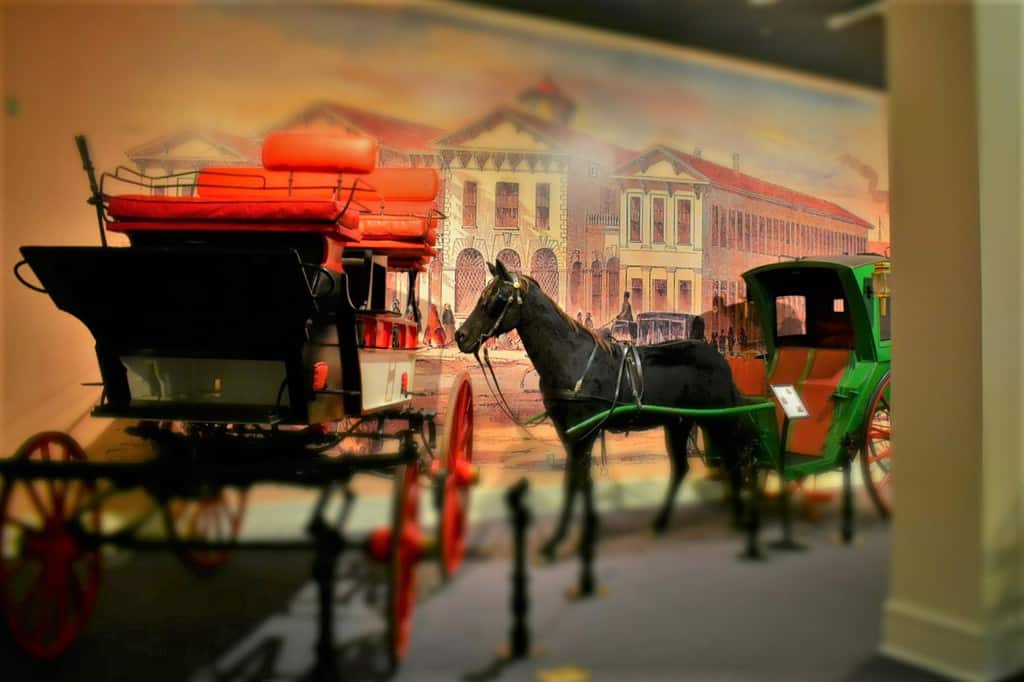
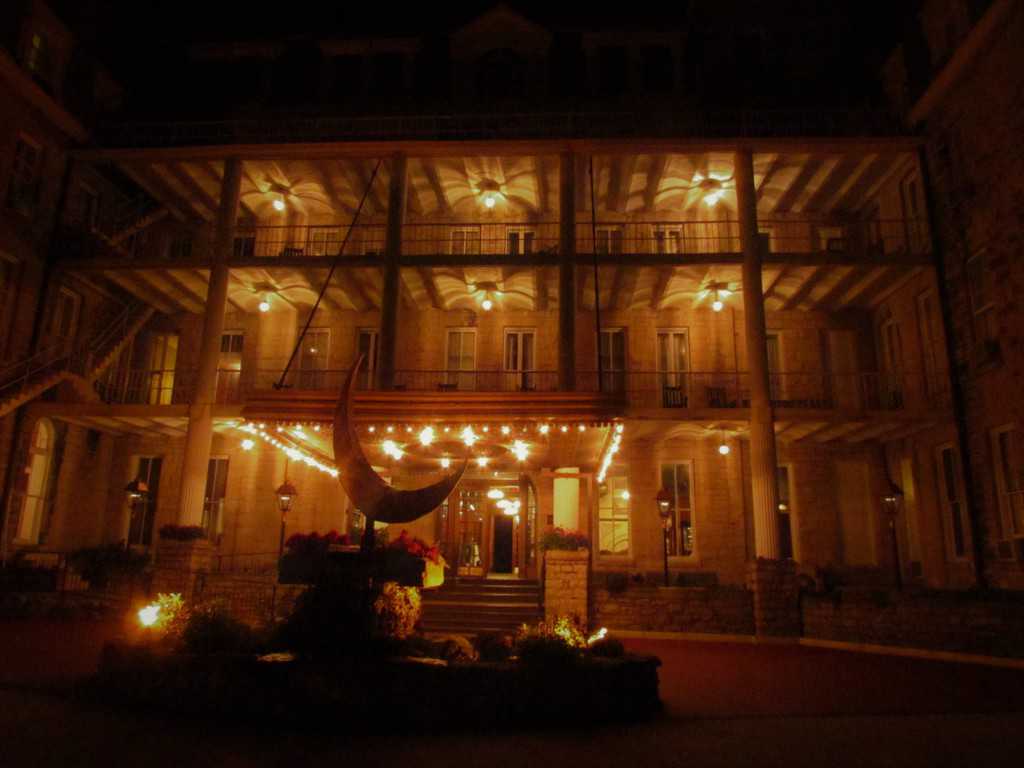
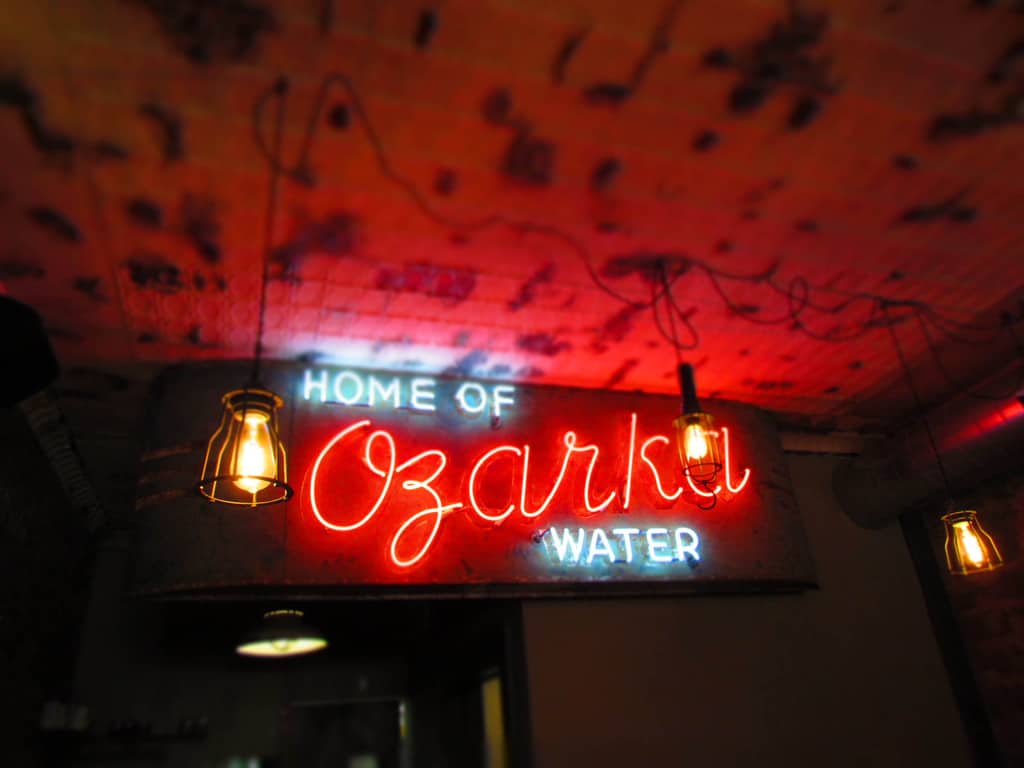
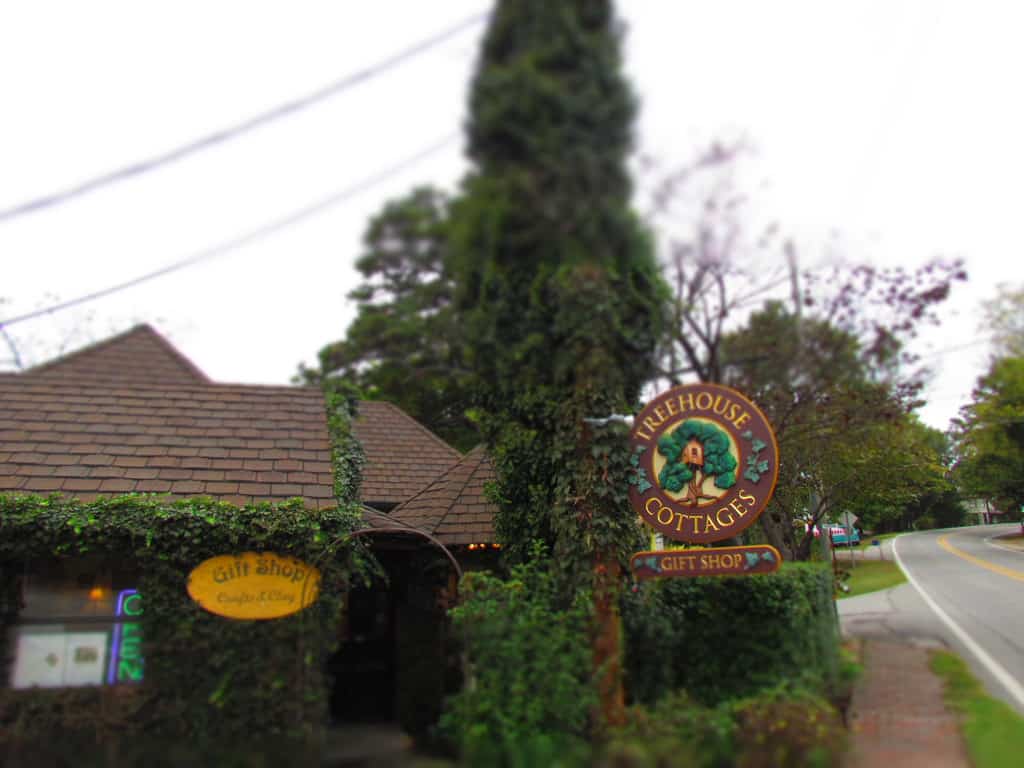
What a fantastic tour and history lesson, I knew Mobile was a strategic city but didn’t know about it’s prominence in cotton and slavery. The museum looks like a fabulous places to explore the history and culture of the region.
We were shocked at many things we discovered about this southern city. It’s a great place to explore.
What an incredible history! From being the original home of Mardi Gras to its role in slavery, I learned a lot in this post.
We are glad we could provide some informative topics that clued you in to what makes Mobile so interesting.
I learned about the huge influence of France but not so much of Britain and Spain.
It’s interesting how many additional details we find when we dig in and start exploring new destinations.